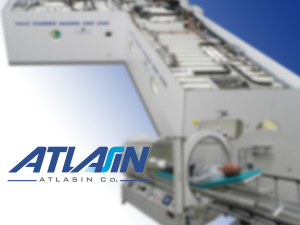Sleep Therapy Masks
A CPAP machine uses a hose and mask or nosepiece to deliver constant and steady air pressure. Common problems with CPAP include a leaky mask, trouble falling asleep, stuffy nose and a dry mouth.
Most patients that weren’t born mouth breathers quickly relearn how to sleep with their mouths closed within a few weeks or months of CPAP treatment. They can then exchange a full-face mask for a traditional nasal mask or nasal pillow mask if they so choose.
Continuous positive airway pressure (CPAP) masks and headgear come in many styles and sizes to comfortably treat your sleep apnea. Everyone has different needs, preferences and face shapes, and sometimes you will need to try different mask styles before you find the one that works the best for you
Sizes may vary across different mask styles and brands. You may need to try on several styles and sizes to find the best combination of comfort and efficiency.
For example, if you take a small in one type it does not necessarily mean you will need a small in a different brand. Proper sizing is very important to comfort and performance of masks.


